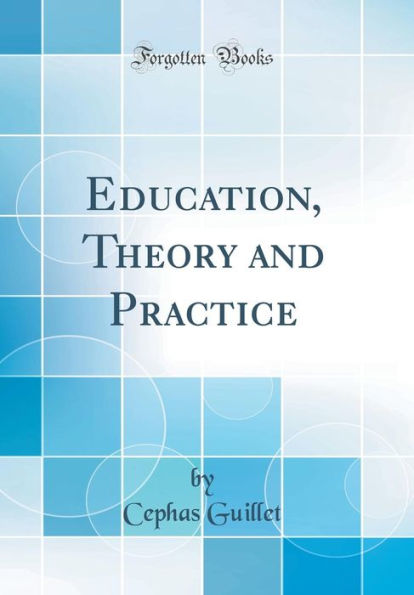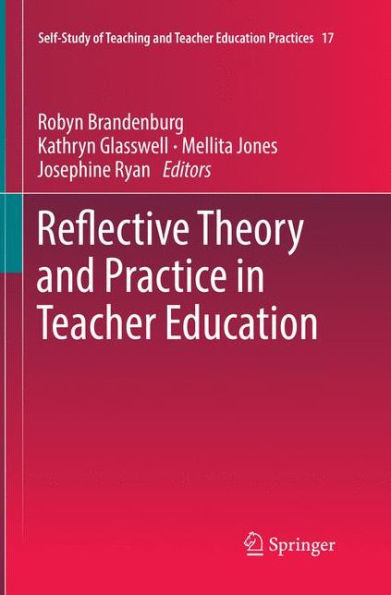Home
Education, Theory and Practice (Classic Reprint)
Loading Inventory...
Barnes and Noble
Education, Theory and Practice (Classic Reprint)
Current price: $25.61


Barnes and Noble
Education, Theory and Practice (Classic Reprint)
Current price: $25.61
Loading Inventory...
Size: OS
*Product Information may vary - to confirm product availability, pricing, and additional information please contact Barnes and Noble
Excerpt from Education, Theory and Practice
Sensibility to light is rare among the protozoa, but general among the metazoa. As a rule the lower animals prefer the dark, while the apes are almost without exception diurnal ani mals, and we have even some evidence that they are afraid of the dark. The child at first shuns strong light, but this, like many other early reactions, seems to be due rather to the deli cate sensitiveness of the unaccustomed nerves than to a feeling of fear. He soon shows for it a strong interest, which seems very like fascination, due doubtless to the mixture of pain and con sequent fear still present. This fascination for a bright light is quite prevalent among the vertebrated animals. Later on, some children show fear of the dark, but whether this is innate or due to suggestion does not appear.
The sense of hearing proper, appears to be developed late in the animal series, namely in the fishes, and even here but very imperfectly but even lower metazoa can perceive shocks com ing through a liquid or solid medium. The Child also cannot hear for from one to seven days after birth, but during this time concussions seem to be perceived, as in the case of the fish, by organs other than the ears, - probably through the general sensory surface of the child's body. Loud noises have the ef feet of startling animals, causing them to twitch, shrink, etc., and the same is true of the new-born child. As soon as hear ing proper developed, this sense appears to have been of use chiefly to warn of the approach of enemies. The amphibian, the reptile and the mammal, all show fear of unfamiliar sounds, a fear that is also generally intense in the child, especially during the first year.
The sudden appearance of an object startles a child sometimes as early as the second month. A sudden sight has the same effect on all vertebrates, and there are certain invertebrates that are startled by a sudden shadow or a flash of light. All verte brates instinctively fear and avoid their enemies among the other animals. This may partly account for the presence of an instinctive fear commonly observed in little children, almost as soon as they can distinguish form, - of strangers, animals and objects which resemble animals such as fur, feathers, big teeth, machines, etc., especially if they move.
About the Publisher
Forgotten Books publishes hundreds of thousands of rare and classic books. Find more at www.forgottenbooks.com
This book is a reproduction of an important historical work. Forgotten Books uses state-of-the-art technology to digitally reconstruct the work, preserving the original format whilst repairing imperfections present in the aged copy. In rare cases, an imperfection in the original, such as a blemish or missing page, may be replicated in our edition. We do, however, repair the vast majority of imperfections successfully; any imperfections that remain are intentionally left to preserve the state of such historical works.


















